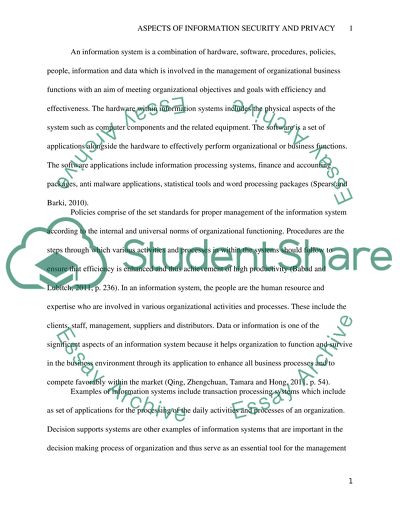Cite this document
(“Social, legal and ethical aspects of IS security and privacy Research Paper”, n.d.)
Retrieved from https://studentshare.org/information-technology/1394797-social-legal-and-ethical-aspects-of-is-security-and-privacy
Retrieved from https://studentshare.org/information-technology/1394797-social-legal-and-ethical-aspects-of-is-security-and-privacy
(Social, Legal and Ethical Aspects of IS Security and Privacy Research Paper)
https://studentshare.org/information-technology/1394797-social-legal-and-ethical-aspects-of-is-security-and-privacy.
https://studentshare.org/information-technology/1394797-social-legal-and-ethical-aspects-of-is-security-and-privacy.
“Social, Legal and Ethical Aspects of IS Security and Privacy Research Paper”, n.d. https://studentshare.org/information-technology/1394797-social-legal-and-ethical-aspects-of-is-security-and-privacy.


